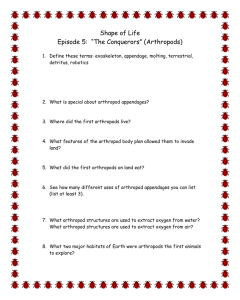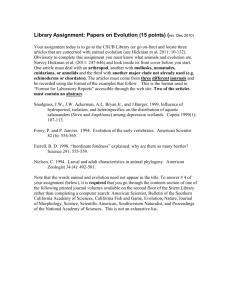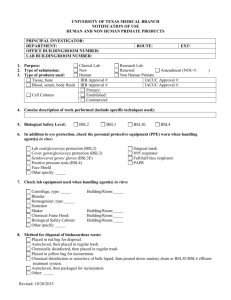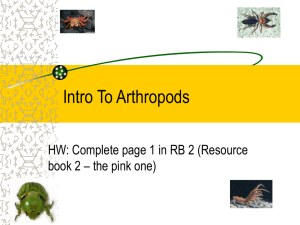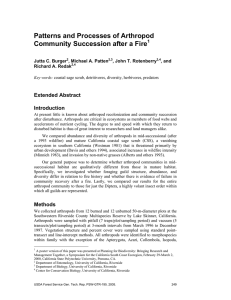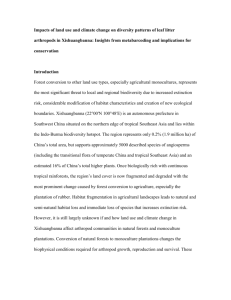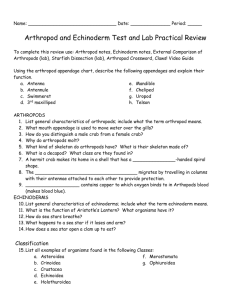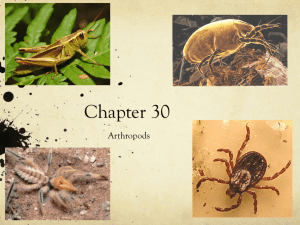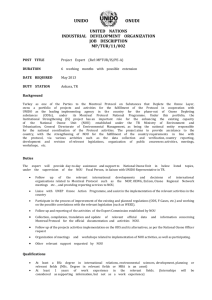Arthropod Section Form
advertisement
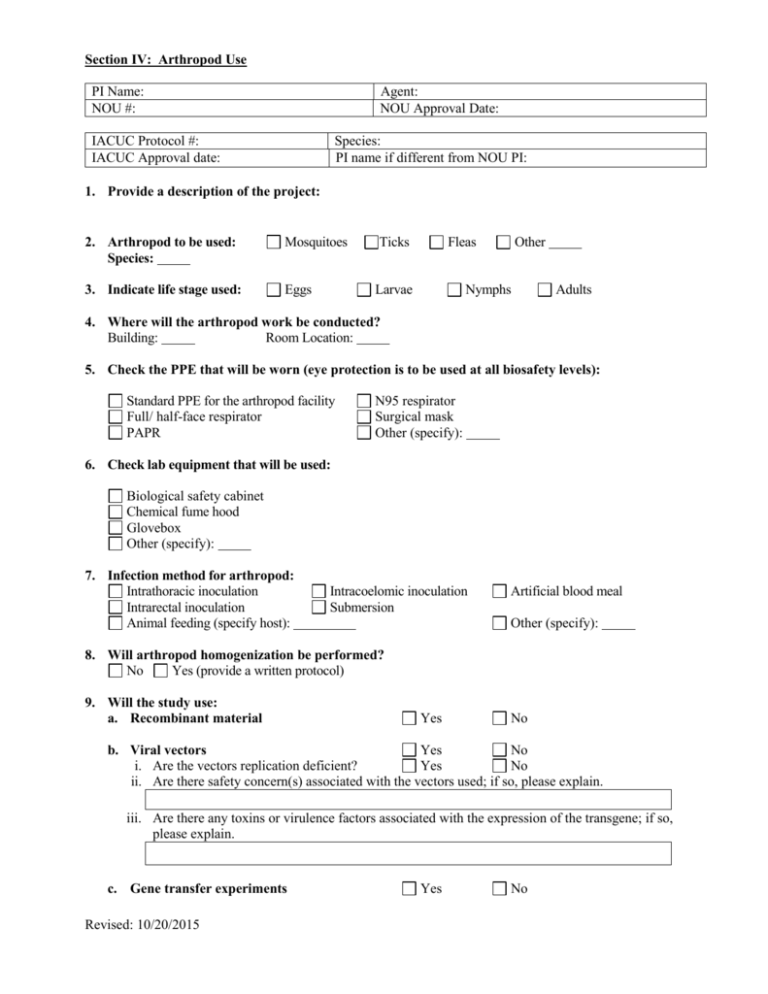
Section IV: Arthropod Use PI Name: NOU #: Agent: NOU Approval Date: IACUC Protocol #: IACUC Approval date: Species: PI name if different from NOU PI: 1. Provide a description of the project: 2. Arthropod to be used: Species: Mosquitoes 3. Indicate life stage used: Eggs Ticks Fleas Larvae Other Nymphs Adults 4. Where will the arthropod work be conducted? Building: Room Location: 5. Check the PPE that will be worn (eye protection is to be used at all biosafety levels): Standard PPE for the arthropod facility Full/ half-face respirator PAPR N95 respirator Surgical mask Other (specify): 6. Check lab equipment that will be used: Biological safety cabinet Chemical fume hood Glovebox Other (specify): 7. Infection method for arthropod: Intrathoracic inoculation Intrarectal inoculation Animal feeding (specify host): Intracoelomic inoculation Submersion Artificial blood meal Other (specify): 8. Will arthropod homogenization be performed? No Yes (provide a written protocol) 9. Will the study use: a. Recombinant material Yes No b. Viral vectors Yes No i. Are the vectors replication deficient? Yes No ii. Are there safety concern(s) associated with the vectors used; if so, please explain. iii. Are there any toxins or virulence factors associated with the expression of the transgene; if so, please explain. c. Gene transfer experiments Revised: 10/20/2015 Yes No d. Creation of transgenic arthropods Yes No 10. Will arthropods be transported out of or between the insectary? No (proceed to question 11) Yes, please describe below: a. Reason for removal: b. Location of arthropod manipulation/necropsy: c. Procedures for transportation and containment of arthropods: 11. Are there any deviations from standard facility containment procedures? No Yes , please describe below 12. Complete the personnel experience table at the following link: Personnel Experience Table Attached 13. Evaluation of Dual Use potential- experiments of concern (National Research Council Biotechnology Research in an Age of Terrorism, or “Fink Committee Report”). If answer is “yes”, please explain in detail, use additional sheets as needed. a. Is it likely that the harmful consequences of the agent will be enhanced? No Yes If yes, explain in detail: b. Is it likely that the immunity or effectiveness of an immunization against the agent without clinical and/or agricultural justification will be disrupted? No Yes If yes, explain in detail: c. Is it likely that: i. resistance to clinically and/or agriculturally useful prophylactic or therapeutic interventions will be conferred to the agent? No Yes If yes, explain in detail: ii. the agent’s ability to evade detection methodologies will be facilitated? No Yes If yes, explain in detail: d. Is it likely that the stability, transmissibility, or the ability to disseminate the agent will be increased? No Yes If yes, explain in detail: e. Is it likely that the host range or tropism of the agent will be altered? No Yes If yes, explain in detail: f. Is it likely that the susceptibility of a host population to the agent will be enhanced? No Yes If yes, explain in detail: g. Is it likely that an eradicated or extinct agent will be generated or reconstituted? No Yes If yes, explain in detail: Revised: 10/20/2015 Institutional Biosafety Committee Use Only _______________ Date Amendment Approved _______________ Date Original NOU Approved _________________________________ IBC Chairman Signature Revised: 10/20/2015 ________________ Date for NOU Resubmission ______________________________________ Print Name
